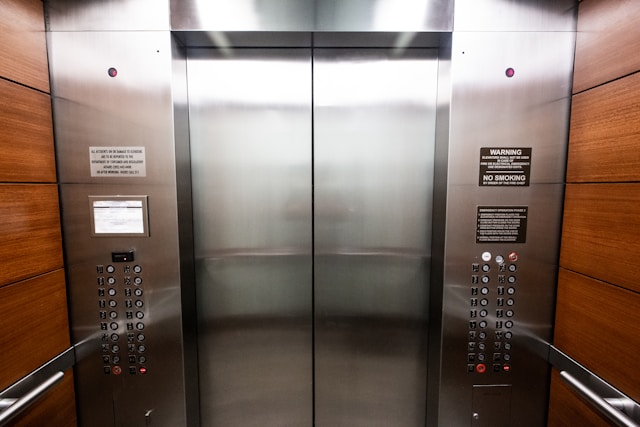Key Takeaways:
- Understanding the necessity of regular maintenance for elevator safety and efficiency.
- Recognizing the signs of wear that could lead to elevator malfunctions and safety hazards.
- The criteria for selecting a qualified elevator service provider who meets industry standards.
Table of Contents:
- The Mechanics of Elevator Operation
- Recognizing Signs of Elevator Wear and Tear
- Benefits of Regular Elevator Maintenance
- Identifying a Qualified Elevator Service Provider
- Preventive Maintenance: Key to Performance
The Mechanics of Elevator Operation
The fundamental functionality of elevators results from intricate mechanical and electronic systems working in harmony. Each component is essential to safe and efficient operation, from the weight-bearing cables and pulleys to the sophisticated control systems that manage speed and stability. This high-tech choreography of parts highlights the necessity for routine checks and balances. Without preventive monitoring, systems may succumb to the wear and tear endemic to mechanical devices, thus compromising their integrity and the safety of their passengers. Here, systems such as elevator cabin air disinfection purifiers Niles, IL, highlight the ongoing upgrades essential for the well-being of users and the systems themselves. Incorporating these types of advancements showcases a commitment to function and health and safety, a principle at the core of elevator maintenance.
Recognizing Signs of Elevator Wear and Tear
Like most heavily used machinery, elevators signal their deteriorating condition through a range of symptoms that, if heeded, can preempt full-blown malfunctions. It begins with subtle, barely perceptible changes like slower door movements and progresses to more apparent issues like jarring stops or unresponsive buttons. Recognizing these signs early and initiating corrective measures is crucial in averting disruptions and potential accidents. Facility managers and service personnel should be attuned to these warning signs and act promptly to address them.
Benefits of Regular Elevator Maintenance
The merits of adhering to a regular maintenance schedule cannot be overstated. Such diligence safeguards elevator equipment, extending its serviceable life and preserving the initial investment in the machinery. This routine attention also forestalls the dreaded “out of service” sign, which is an inconvenience and potential financial drain for commercial entities and an annoyance to residents in residential buildings. Furthermore, a well-maintained elevator system is typically more energy-efficient, operating at optimized levels that conserve power and reduce wear on its components, which in turn reflects positively on the facility’s operational costs and environmental footprint.
Identifying a Qualified Elevator Service Provider
Choosing a service provider carefully is essential when choosing one for routine maintenance. The perfect applicant is characterized by an established track record, a substantial list of references, and a track record of upholding the most recent operational and safety requirements. To guarantee that its specialists can handle the whole range of potential maintenance issues, this organization should also be dedicated to providing them with continuous training and certification. A provider’s commitment to high-quality service is demonstrated by comprehensive contracts that include precise service requirements, emergency procedures, and performance standards.
Preventive Maintenance: Key to Performance
Preventive maintenance is the cornerstone of any robust elevator maintenance program. It encompasses a targeted strategy that systematically inspects, detects, and corrects budding issues before they bloom into significant problems. This may include replacing aging cables, calibrating control systems, and ensuring the elevator’s interior environment remains pleasant and contaminant-free. Regular check-ups and maintenance activities significantly diminish the likelihood of unexpected breakdowns and the associated risks and inconveniences.

